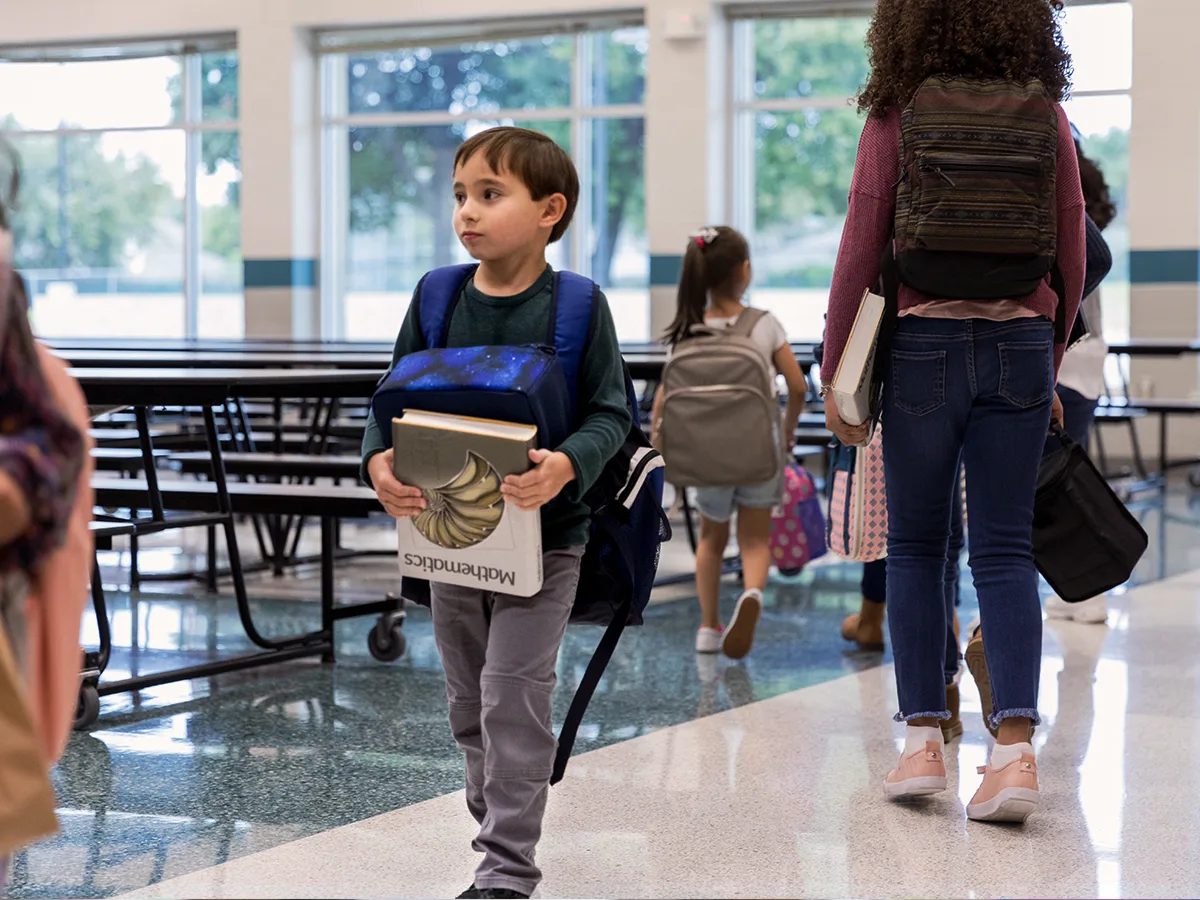Social anxiety and kids with learning and thinking differences

At a glance
Social anxiety is a type of anxiety that gets triggered when kids or adults are asked to think about or take part in social situations.
Learning and thinking differences can play a big role in social anxiety.
There are many ways parents can help kids with social anxiety.
Many kids have social anxiety. For some kids with learning and thinking differences, the idea of having to interact socially can create a great deal of anxiety — even panic.
Social anxiety may cause kids to avoid even fun-sounding activities like birthday parties. When social anxiety is really bad, it can play a role in kids refusing to go to school.
Read more about social anxiety, how learning and thinking differences can contribute to it, and what you can do to help.
What is social anxiety?
Social anxiety disorder is a specific type of anxiety that gets triggered when kids or adults are asked to think about or take part in social situations. It’s much more than shyness. It’s an intense fear that can make it hard to build friendships and enjoy other people’s company.
Social anxiety is a lot like separation anxiety, but for older kids and adults. Very young kids fear being away from their caregivers, because they need them to survive. Social anxiety is similar. Something unsafe might happen if I leave home. If I talk to that kid, it will turn out bad.
Kids with this type of anxiety worry that they’ll be seen badly in social situations. When kids worry about making social mistakes, they may avoid going places where they could learn social rules or practice interacting with others. And then lack of practice makes them even more likely to want to avoid a social situation.
The connection with learning and thinking differences
Kids who learn and think differently can struggle with unstructured social interaction. They may get confused by the words people are using. They may misread body language or other subtle social cues.
As a result, they may get anxious and withdraw from the situation. It’s social anxiety, but it’s caused or made worse by the underlying learning or thinking differences.
Here are two examples:
A child with ADHD blurts out something inappropriate at a birthday party. The negative reaction from friends causes that child to avoid parties in the future.
A child with dyslexia asks to go to the bathroom to avoid reading aloud in class. Separation from the class can reinforce the fear of reading aloud. And missing out on instruction can make kids anxious about contributing to class discussions about the book.
Strategies to help your child with social anxiety
Kids with social anxiety may want to stick to environments where they feel most comfortable, with people they know well.
Your job isn’t to make sure kids never experience situations where they’ll feel socially anxious. Instead, it’s to give them support, help them manage their fears, and counteract their negative thoughts.
Here are a few tips:
Find out why your child is worried. Try to get specific. Ask questions like “What’s the worst thing that could happen at the party?” Or “Is there anyone in particular you’re worried about seeing?” The more you understand about your child’s social concerns, the more you can help with developing a plan.
Think about less anxious ways to get your child “on stage.” For example, if having to speak in class is causing worry, ask the teacher to send a question home so your child can rehearse the answer or make a video at home.
Develop social “anchors.” When going to a party or a new activity, try to have your child walk in with a friend. For school projects, ask if the teacher can pair your child with a friendly peer. Having a buddy can help make events feel less threatening.
Make a plan for lunchtime and recess. Work with teachers and school staff to help your child deal with social anxiety during unstructured times, like recess and lunch.
Make a plan for headaches and stomachaches. Keep in mind that physical complaints may be your child’s way to avoid something scary. Ask for specifics to help your child come up with strategies.
For example, you might ask, “What would it take to help you feel better right now?” Then set some firm boundaries: “You can’t stay home from school unless you have a fever.”
Don’t agree to leave early. If your child is feeling very anxious in a social situation, think about strategies together. But don’t agree to go home. Leaving won’t help your child cope better next time. Even agreeing to sit on the sideline and watch is better than leaving.
Think about getting a therapist. Cognitive behavioral therapy can often help kids “trade in” negative thoughts for ones that help reduce social anxiety.
Learn more about when and how to jump in with social problems at school. Download an anxiety log to look for patterns in your child’s behavior and find strategies to help.
Key takeaways
Social anxiety may be why kids refuse to go to school or join in during play.
You can help your child develop strategies for positively engaging in social interactions.
The more you understand about your child’s social concerns, the more you can help develop a plan for thriving.


